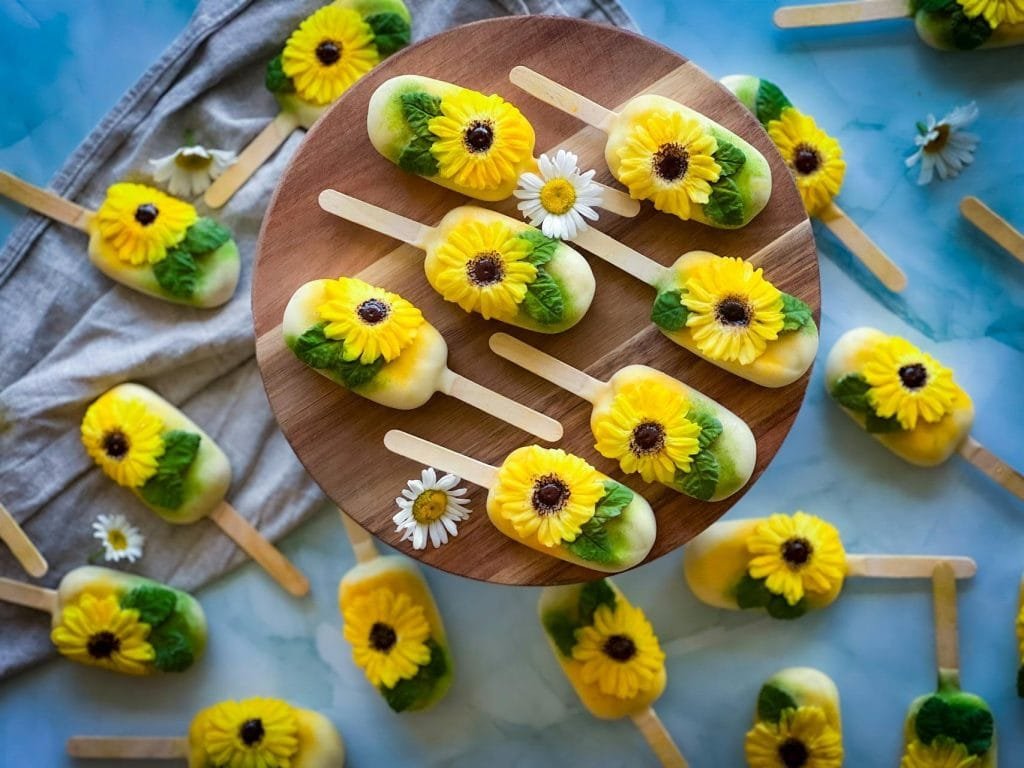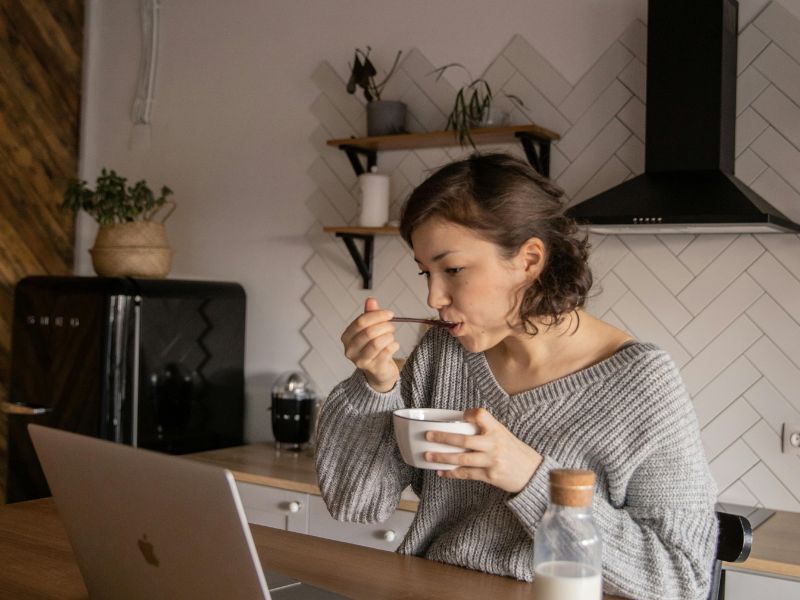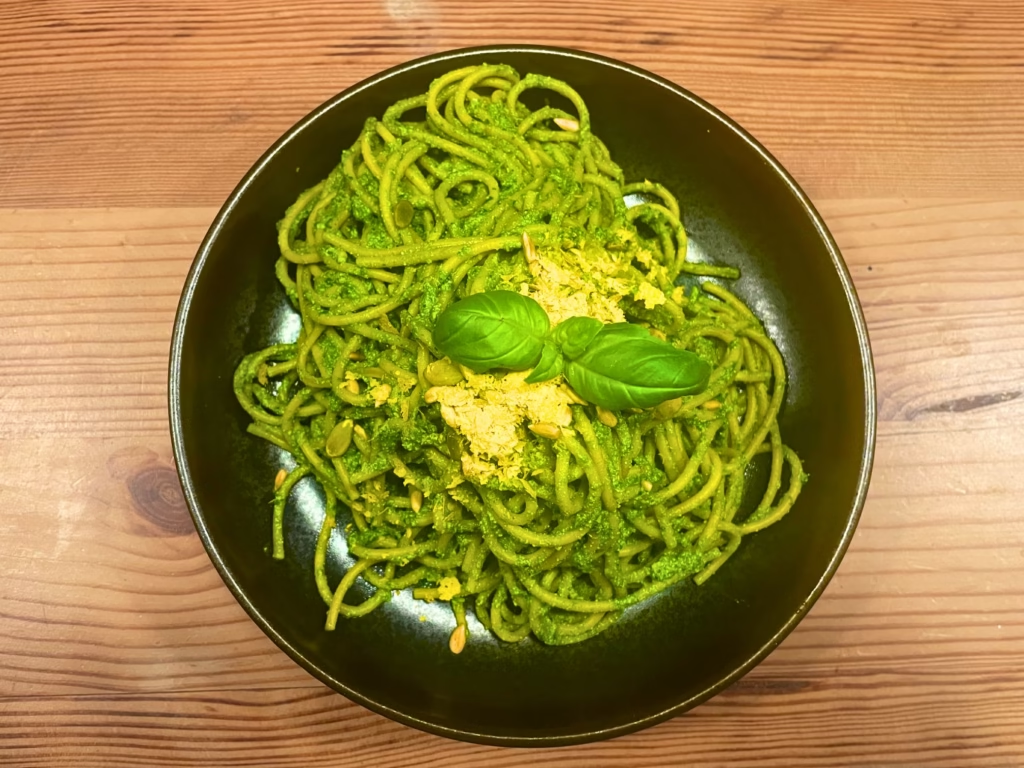Choosing the Best Matcha Powder, What Really Matters
When it comes to choosing the best quality matcha powder, there are a few key factors to keep in mind. Not all matcha is created equal, and knowing what to look for can help you avoid disappointment—and wasted money.
1. Origin
True matcha should come exclusively from Japan. Japanese matcha is renowned for its quality because it’s grown using traditional methods passed down through generations. Choosing a well-known Japanese brand is a smart move, as these producers have the expertise and consistency that ensure a superior product.
2. Famous Matcha Regions
Some areas of Japan are known for producing the best quality matcha. We’ll break down these regions below so you know where to look when looking at the matcha label.
3. Understanding Matcha Grades
If you’ve ever shopped for matcha, you’ve probably come across the term “Ceremonial Grade.” While it can be a helpful guideline, it’s important to know that this term isn’t regulated in Japan. That means quality can still vary widely, even within so-called ceremonial matcha. We’ll help you understand what the labels really mean.
4. Color & Aroma
One of the best indicators of freshness and quality is your senses. High-quality matcha should have a vibrant green color and release a fresh, grassy aroma as soon as you open the package. If it’s dull in color or smells stale, it’s likely lower in quality or out of date.
If you want to find out about the benefits of Matcha, read:
All You Need To Know About Matcha, From Nutrition To Benefits
Famous Matcha regions
Certain regions in Japan are known for their quality and specific flavors, aromas, and colors.

| Region | Prefecture | Why It’s Famous |
|---|---|---|
| Uji | Kyoto | Gold standard of matcha. Oldest and most revered region with a 1,000-year tea legacy. Rich umami, vivid green color, creamy texture. |
| Nishio | Aichi | Produces over 20% of Japan’s matcha. Milder taste, slightly sweeter, great for beginners and lattes. |
| Shizuoka | Shizuoka | Japan’s largest overall tea-producing region. Matcha here is often used in culinary grade and blends. |
| Yame | Fukuoka | Gaining fame for producing gyokuro-style matcha,very smooth and rich in L-theanine. |
| Sayama | Saitama | Less known internationally, but locals love it for its bold, slightly roasted taste and deep green color. |
| Kagoshima | Kagoshima (South Japan) | Warmer climate allows for early harvests. Matcha from here is clean, grassy, and often more affordable. |
Very differently from choosing good quality vine, coffee, or olive oil, matcha does not have to come from one region to be good quality and have great taste. In Japan, each matcha producer has a generational matcha Master, who chooses matcha and leaves for their best qualities like umami, color, and aroma and perfects the best bled. Therefore Japanese matcha is so much better in quality and taste than the Western varieties that mostly come from a single-origin.
Matcha Powder Grades:
In Japan Matcha grading is way more detailed and focuses on many aspects of the quality of the tea. But for more simpler approach, here is a matcha grading system a bit more known in the Western world.
Ceremonial Grade Matcha
is made from the youngest tea leaves, stone-ground, and intended for traditional tea ceremonies. It is the highest quality matcha.
Premium Grade Matcha
Has a good balance between taste and price and is a good option for daily use and latte.
Culinary Grade Matcha
is more affordable and bold in flavor works well with other ingredients and can be used in desserts and sauces.
Ingredient Grade Matcha
is lower in nutrients and used commercially in bulk production. You might not be able to buy it in a shop, but I would see it in processed products in supermarkets.
| Grade | Taste Profile | Color | Texture | Typical Use |
|---|---|---|---|---|
| Ceremonial Grade | Smooth, naturally sweet, umami-rich, no bitterness | Vivid bright green | Silky, fine powder | Drinking with just water (traditional preparation) |
| Premium Grade | Slightly vegetal, mild bitterness, smooth aftertaste | Bright green | Fine powder | Lattes, daily tea drinking |
| Culinary Grade | More bitter, earthy, bold flavor | Dull green to olive | Coarser powder | Cooking, baking, smoothies |
| Ingredient Grade | Very bitter, astringent, often oxidized | Yellowish-green or brown | Coarse, chalky | Processed foods, mass-market products |
The best two Japanese matcha brands that keep coming up and we can get hold of them outside Japan are Ipodo Tea and Marukyu Koyamaen. Both brands are known for their quality matcha and generational knowledge of mastering the best matcha blends with perfect taste and color profiles. Both of these brands sell on Amazon, but some of the products sell out very quickly. Alternatively, you can order directly from Japan, just be prepared to pay for the shipping and wait for a few weeks. If these two brands are not in stock, I have provided the best quality matches, that are less known but still amazing quality generational Japanese brands.
The Best Luxury Ceremonial Grade Matcha
These matcha powders are luxury teas that are of the best quality and are meant to be prepared with a lot of care and love. They should only be used for Usucha or Koicha and should not be used for lattes or cooking. If you are a beginner and are still mastering how to prepare the best matcha and learning about the taste preferences, I would recommend starting with Premium Grade Everyday Matcha.
Naoki Matcha Ujitawara Special Blend Masters Collection Matcha – Authentic Japanese Ceremonial Grade Matcha
LIMITED EDITION Ujitawara Special Blend Matcha
A special blend created by a respected tea master in Kyoto. Mellow umami, sweet, floral notes and a touch of pleasant astringency. Classic “Kyoto style” matcha. Uji Hikari and Samidori cultivars
60 kg available this year
The Flavour: Mellow umami, sweet, floral notes and a touch of pleasant astringency.
Ippodo Tea – Ummon Matcha Rich & Robust From Kyoto Since
The best quality matcha you can find. It does come with a price tag, but it is worth it. This matcha is meant to be enjoyed in special occasions.
Ummon has been a popular high-class matcha in Ippodo Tea’s offering for decades.
The Flavour: Robust and powerful umami, complexity, and energetic fragrance. Light, pleasant astringency adds nuance to its impact.
HAYASHIYA Matcha Powder – Tenka – Kyoto Uji Ceremonial Grade
Only First Harvest is grown in Uji, Kyoto. Everything from growing the tea leaves to processing is done in Japan. Uji green tea is made by carefully selecting only tea leaves grown in the vicinity of Uji, Kyoto, and processed using a traditional stone mill. this matcha is perfect for Exclusive Events and as a Premium Gift for a matcha snob.
The Flavour: Exquisite, Floral with no bitterness.
Premium Grade everyday matcha
Marukyu Koyamaen Premium Ceremonial Grade Matcha
A great quality matcha for everyday use that is great for matcha or matcha lattes. Marukyu Koyamaen’s dedication to perfection has been consistently recognized through many awards and this matcha is a great option if you for a beginner.
The Flavour: rich, slightly sweet, and perfectly balanced with umami
Naoki Matcha Organic Ceremonial First Spring Blend
If you are more of a beginner and don’t want a limited edition matcha but still appreciate good quality for a good price. This everyday Matcha is of amazing quality and is suitable for matcha tea as well as latte.
The Flavour:Roasty, cacao notes with low bitterness.
The Best Culinary Grade Matcha
If you are not a big Matcha tea drinker but would love to add matcha to your cooking or enjoy a daily matcha latte, here are a few beginner-friendly products that will be perfect for your matcha cake and your wallet.
Naoki Matcha Organic All Purpose Blend
Organically Grown Japanese Culinary Grade Matcha Powder
Made from finely ground organic tea leaves that are shade-grown in the rich soils of Kagoshima Prefecture in Southern Japan. The tea leaves are harvested and processed in modern facilities and only finely ground into powder before it leaves Japan for the United States.
The Flavour: Robust, earthy with moderate bitterness.
Ocha & Co. Japanese Tea – Culinary Matcha Green Tea Powder – Superior Culinary Grade
Traditional Stone Milled Japanese Matcha 100g.
The Flavour: Mild with balanced sweetness and umami.
Just so you know, this post contains affiliate links and we may earn a small commission if you buy through them at no extra cost to you. For more details, please check out our Affiliate Disclosure. Thank you for supporting Barefoot Basil.
How To Store Match Powder?
After opening your fresh matcha you should store it in a dry place as humidity is the worst enemy for matcha.
To keep your matcha’s color vibrant, you should also keep it away from the sun, so never store it in a see-through container.
The best way to keep matcha is in an air-tight container in a dark cool place. You can keep it in your fridge (but always bring it to room temperature before opening, or condensation can form and ruin it) or a cool dark cupboard.
If you want to learn about the best matcha utensils, read:
Best Matcha Whisks, Bowls, and Sets for Making the Perfect Matcha Latte
Creating good quality matcha takes a lot of time, patience, and knowledge that is passed from generation to generation, so it is no surprise that it can get expensive. if you are just starting, I would suggest starting with slightly lower-quality matcha, perfecting the tea preparation, and slowly moving up.
Do you have your favorite matcha powder that you tried and would like to share?
Comment below.
Silvija Meilunaite PN1-NC, is a certified nutrition coach and a writer in the nutrition and self-improvement field with a passion for exploring science-based knowledge focusing on holistic health and plant-based nutrition.
Featured in the Wellness on Time magazine.
- S. Meilunaitehttps://barefootbasil.com/author/silvootegmail-com/
- S. Meilunaitehttps://barefootbasil.com/author/silvootegmail-com/
- S. Meilunaitehttps://barefootbasil.com/author/silvootegmail-com/
- S. Meilunaitehttps://barefootbasil.com/author/silvootegmail-com/











